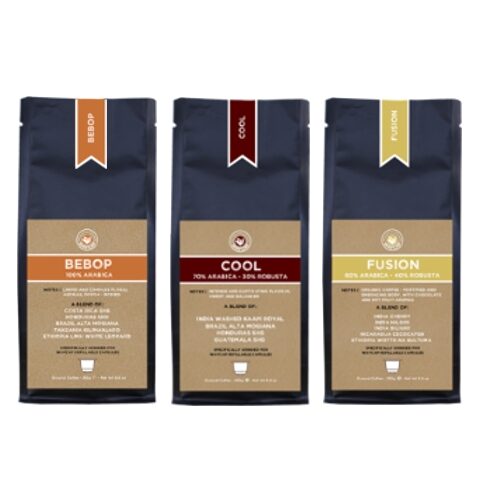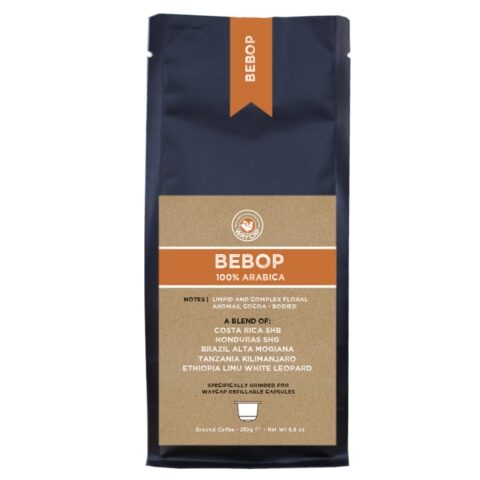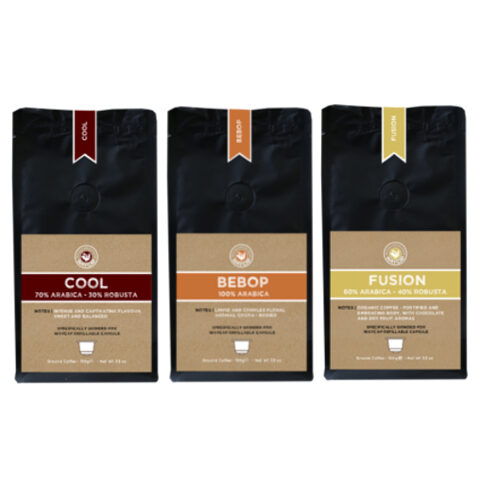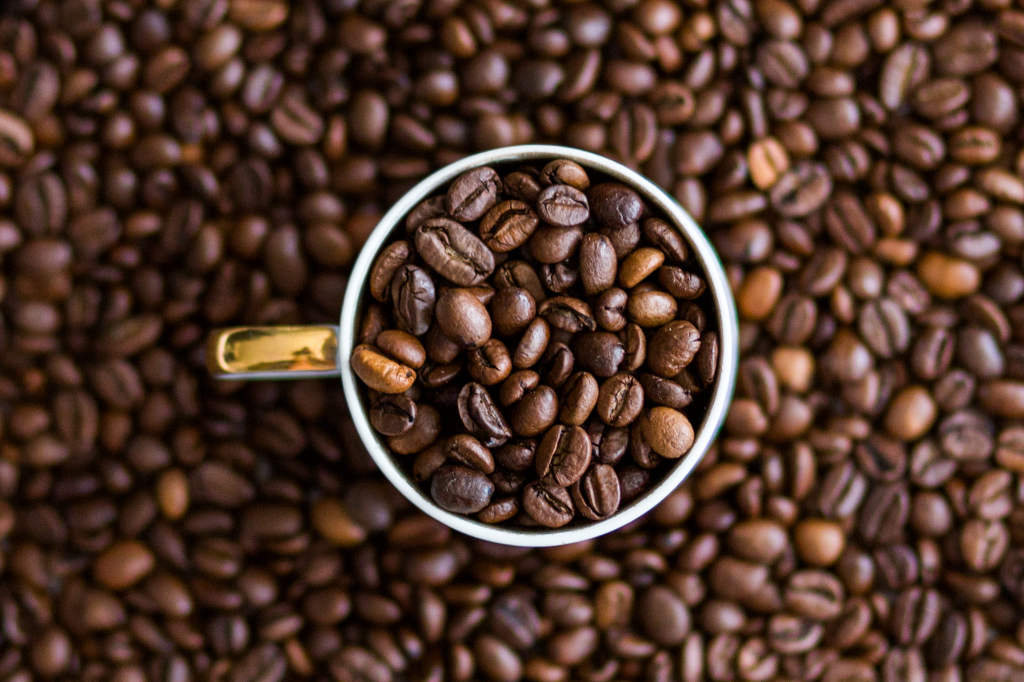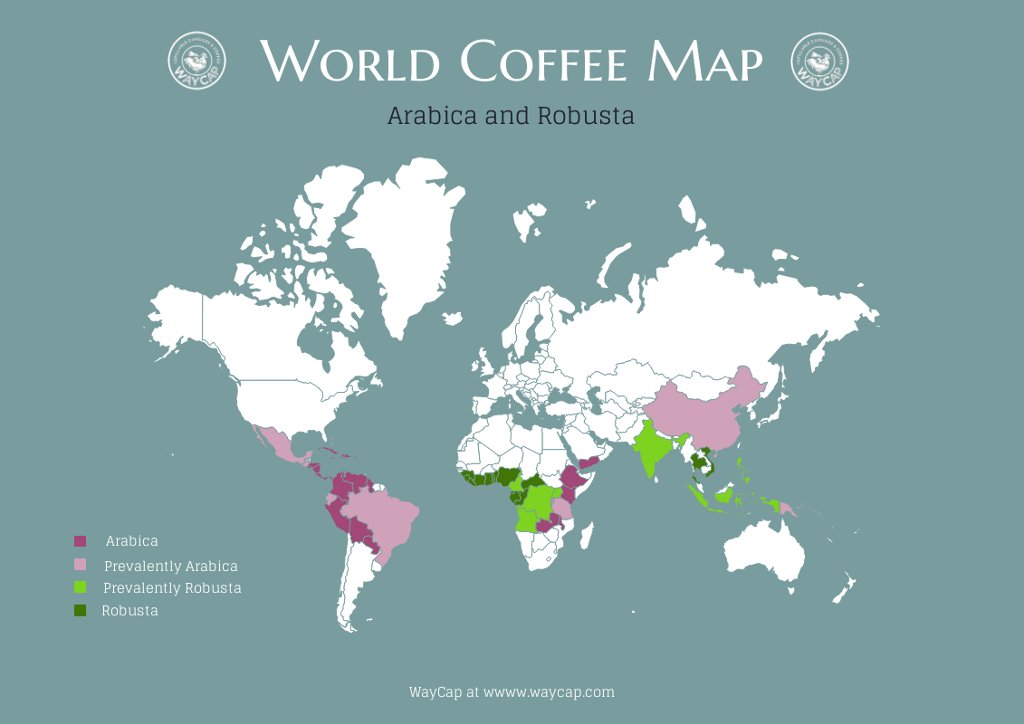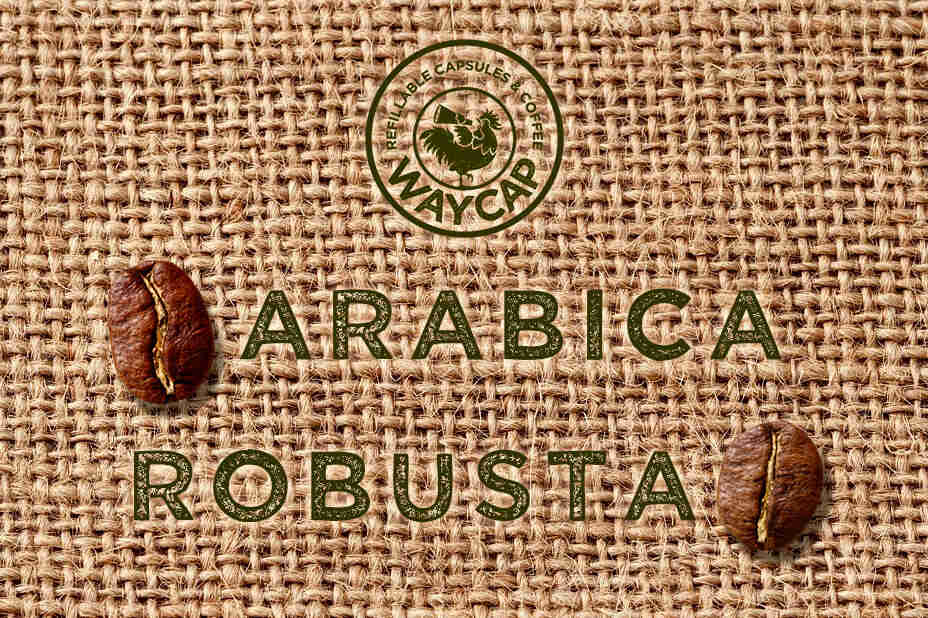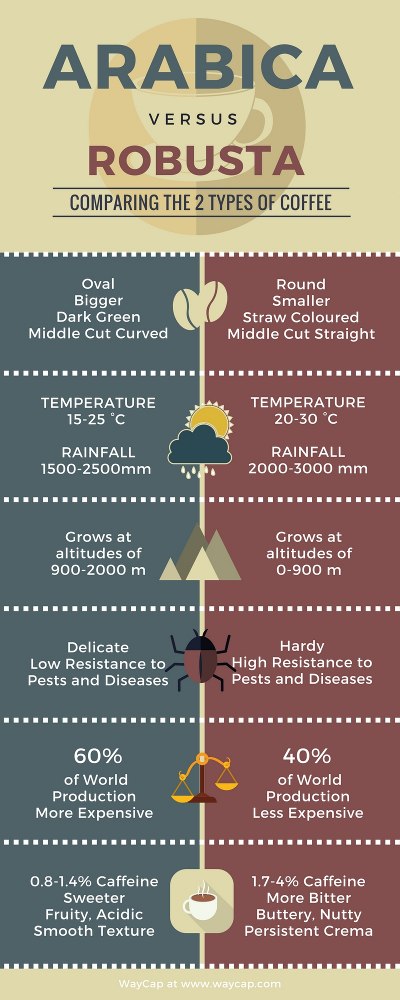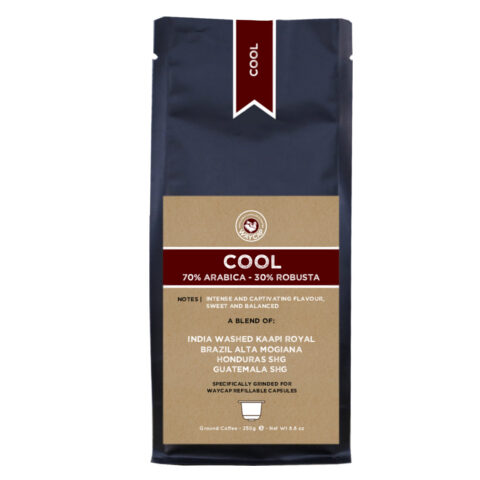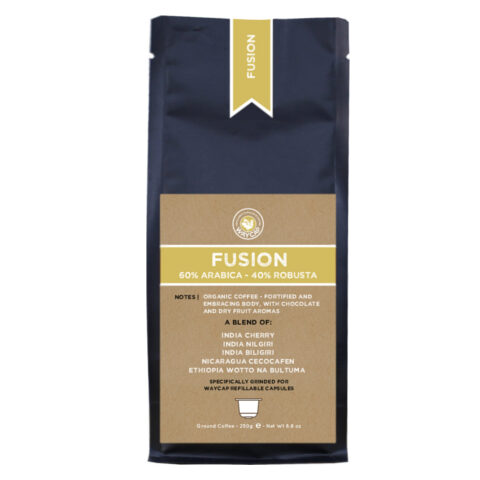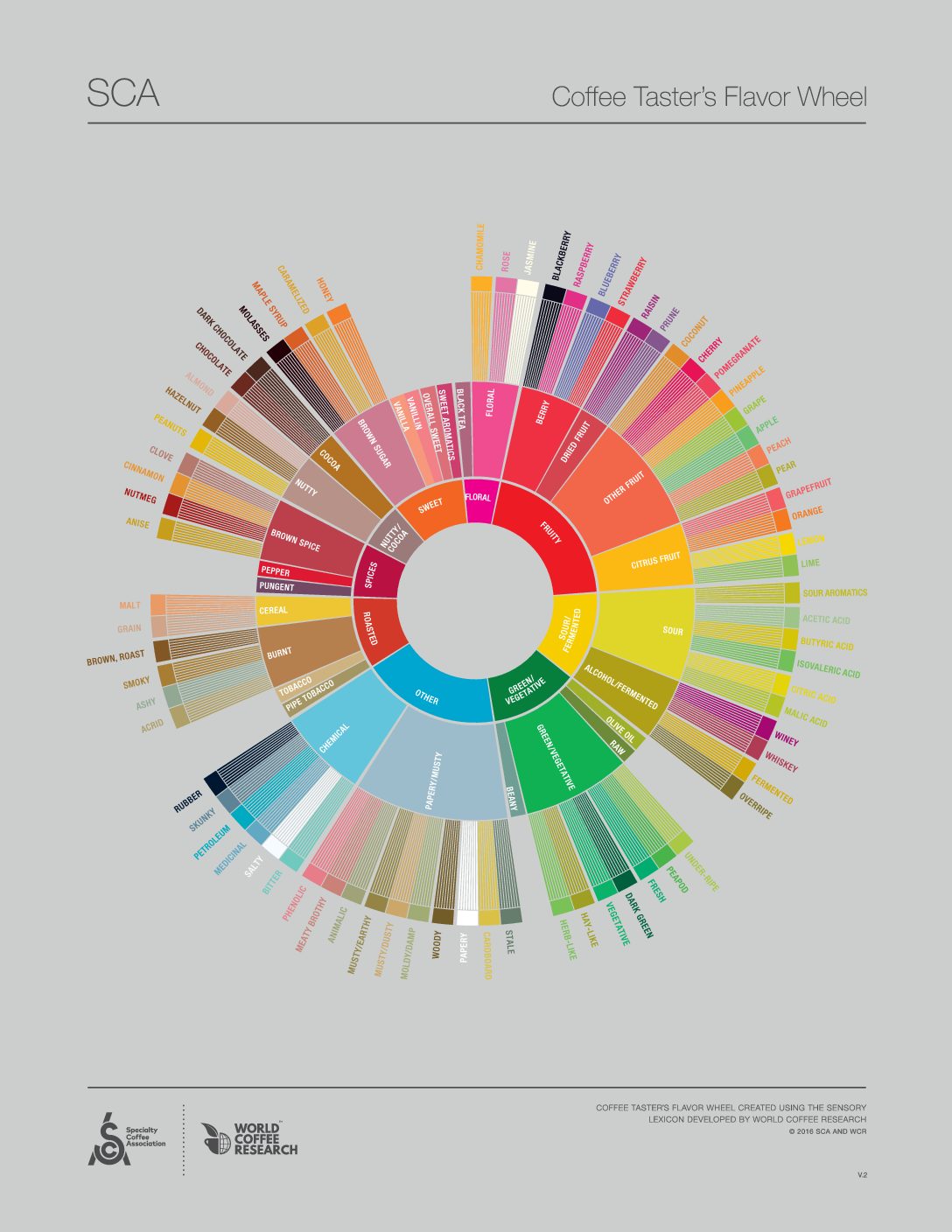
Take your time to enjoy your coffee
How often do you take a moment to really enjoy your coffee?
We might drink an impossible number of coffees a day but we often fail to pay much attention to it as we focus on our morning newspaper or conversations with the people around us. You’re probably still able to tell if it’s good or bad, but how much more are you missing?
Every good cup of coffee has its unique flavor characteristics, subtleties in the smell and taste reflecting the specific environment where the beans grew and the hard work put into processing it.
Don’t worry though!
You don’t need to be a professional “cupper” to grasp a bit more of what’s in your cup. All you need is to take some time to mindfully taste your coffee and you’ll begin to discover a whole new world of flavors.
And there is one simple tool to help you: the Coffee Taster’s Flavor Wheel.
Let’s have a look at what it is and how it works with our easy step-by-step guide.
What is the Coffee Taster’s Flavor Wheel?
The Coffee Taster’s Flavor Wheel is a simple tool to describe coffee flavor, developed by SCAA in collaboration with the World Coffee Research in 2016. First published in 1995, this update is the largest and most collaborative piece of research on coffee flavor ever completed and much more accurate than the original.
One note:
the Coffee Taster’s Flavor Wheel will not tell you if the coffee is good or bad: that’s really up to you and your preferences. What it will do is help you savour that lush cup of coffee and discover the complexity of both aromas and tastes.
Without further ado: let’s start tasting!
Step 1: Get familiar with the Coffee Flavor Wheel
Have a look at the Coffee Taster’s Flavor Wheel: what do you notice?
The most obvious aspect is that it’s colourful. This is not casual. Sometimes when we don’t have exact words to describe a flavor we might associate it with a colour: if something is toasted or burnt it might taste brown, or if it’s under-ripe it might be green.
Later you can follow your tongue’s intuitions to explore particular colour sections of the wheel and then try and pinpoint more specific taste notes.
But that’s not all:
Look at the structure of the wheel: in the centre we’ll find the more general categories of flavor, such as fruity, sweet, nutty, etc. As you go outwards the tiles become more and more specific.
So, if you detect fruity characteristics at first, you can then ask yourself: is it more berry-like or more citrusy? And then, does it remind you of grapefruit or orange, lime or lemon?
Step 2: Prepare your cup of coffee
Pay attention to the aromas of the freshly ground beans; look at the colour and thickness of your crema and how the sugar settles on it as you add it.
Now, breathe in through your nose. Keep in mind the Flavor Wheel: do you pick up nutty hints? If so do they remind you of peanut, hazelnut or almond?
Step 3: Take a sip
What are the first flavors you perceive? Try to identify the main categories at this stage. It’s helpful to take notes of the first words that come to mind.
Step 4: Slurp
Instead of taking just a sip, slurp your coffee, letting some air run through your mouth: this will allow the coffee to spread in a more uniform way around your tongue. Can you try and hone in on more specific attributes? Is that sweetness more like caramel or honey?
Step 5: Focus on texture
Consider the body of your cup. Is it light and slick or dense and creamy? Refer to the words in the table to help you describe the mouthfeel of your coffee.
Step 6: Swallow
Finally, what kind of sensation does it leave in your mouth once you swallow? Does the taste linger for long or disappear? Is it a harsh and unpleasant aftertaste or a neutral one?
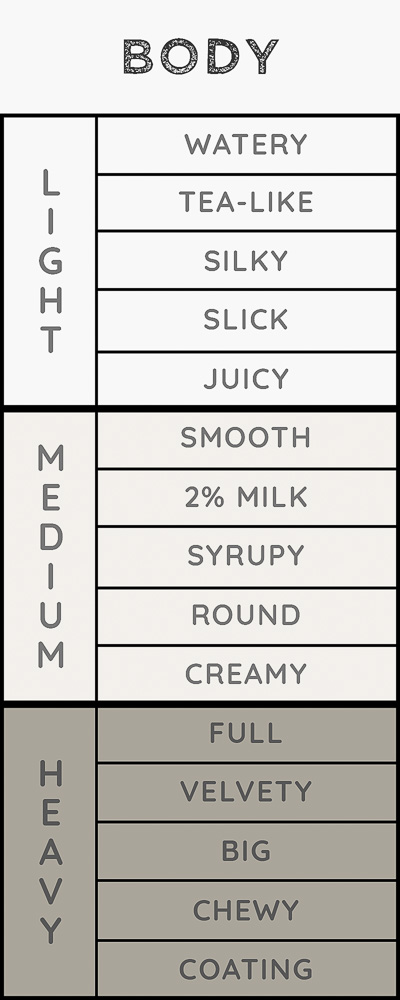
Step 7: Take a break and practice mindful tasting
If you’re feeling a bit lost at this point: do not give up! It’s not a competition.
As you start comparing different coffees and practice this mindful tasting, it will become easier to detect the subtle characteristics of this complex drink.
But most importantly:
You’ll begin to appreciate it more. And not just the coffee, but that peaceful window of time you’ve cut out for yourself to savour the little things in life.
If you want to practice your mindful tasting on a variety of coffees why not try one of our amazing blends?

